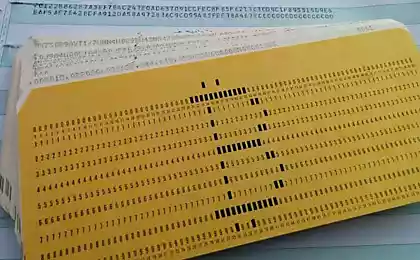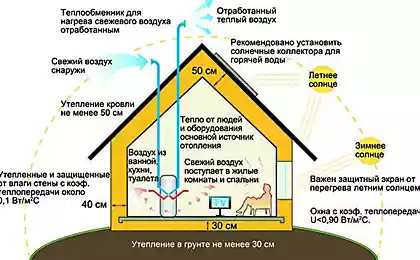509
Researchers from IBM measured one quantum of heat

The system, which were measured
Specialists of the Research laboratory of IBM in Zurich were able to obtain experimental proof of the ability to select and measure a single quantum of heat. Looking ahead, we can say that the results of the experiment is likely to help engineers and scientists to overcome problems with the efficiency of heat removal from modern electronic devices. As for the experiment, scientists were able to measure the thermal conductivity of the individual metal atoms — in this case gold. For the first time in the history of science, scientists were able to successfully conduct such an experiment at room temperature.
The first attempt to measure thermal conductivity of individual atoms has taken researchers from the California Institute of technology in 1999. The experiment was also considered successful, but the measurements were carried out at very low temperatures. Then the scientists were able to experimentally confirm the validity of the Wiedemann — Franz. It is a physical law stating that for metals the ratio of the thermal conductivity (or heat conductivity tensor) to the electrical conductivity (or the conductivity tensor) is proportional to temperature.
Thanks to the obtained results, professionals now will be able to predict the thermal and electrical effects at the subatomic level or within the same molecule.
"Despite the fact that the law itself was formulated, and turns out to be true for certain metals, to prove his justice in the transition to the nanoscale was hard," explains Bernd Gottmann, one of the leading researchers work.
In order to successfully carry out the measurements at the subatomic level, we need reliable tools. But to create them, for obvious reasons, quite difficult. However, last year scientists from the IBM Research laboratory in Zurich in partnership with experts from the Swiss higher technical school of Zurich (it. Eidgenössische Technische Hochschule Zürich) have developed and patented the relevant technology. With her help was able to create a system that can measure the temperature of objects the size of 10 nanometers and less. The technology is called "scanning probe thermometry". The practical benefit here is that with this equipment it is possible to create a map of the distribution of heat on electronic components. And this, in turn, opens the possibility of designing elements, which are effectively cooled.
However, 10 nanometers to modern standards — this is nedostatochnosti for the equipment. Therefore, scientists have created a tool that can measure the conductivity of individual atoms, and as discussed above.
The success was possible due to two key factors. The first is a microelectromechanical system with an integrated thermal sensor that operates within a vacuum scanning tunneling electron microscope. Electrode, with which are measuring is isolated from the thermal influence of the environment of the chip.
"In our work we proved the correctness of the Wiedemann — Franz ratio in the quantum point contacts, which was predicted from IBM scientist Rolf Landauer," said one of the participants of the study. Thanks to the work of scientists from the IBM Research laboratory in Zurich professionals will now be able to control the distribution of heat in devices with one or more molecules. And it opens up tremendous opportunities for electronics, materials science and other areas of science and technology.
Source: geektimes.ru/company/ibm/blog/285818/



















